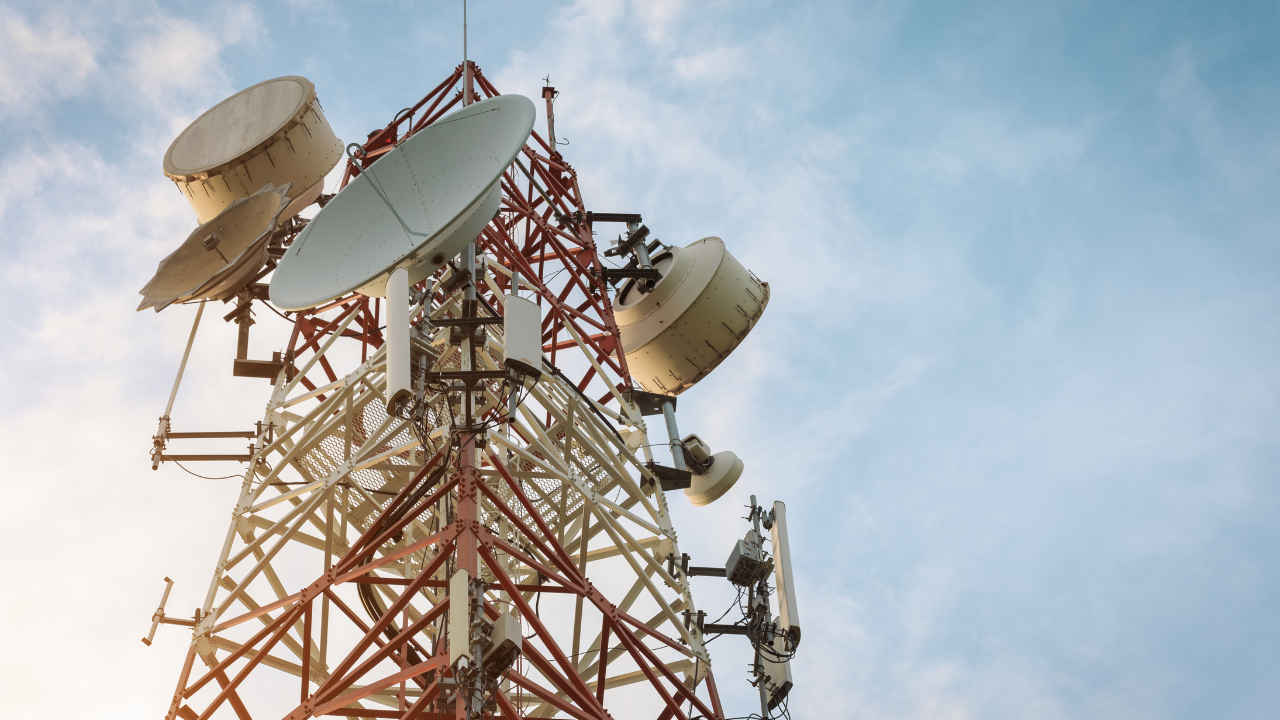
- Home
- Managed Services
- Cyber Security
- Blog
- About Us

We 365 Admin Support, just simplify your IT problems
Call for a free support. +91 96666 59505Platform Partnership
- Who We Help
- Shop
- Contact
- News






HIGHLIGHTS
Table of Contents
ToggleIn light of escalating tensions between India and Pakistan, the Indian government has taken proactive steps by urging all telecom operators, both private and state-owned, to bolster their readiness for catastrophic situations. This measure aims to maintain uninterrupted telecom services nationwide, particularly in border regions, ensuring efficient operation and coordination among all networks.
Furthermore, telecom operators have been directed to produce a detailed and current inventory of essential telecom infrastructure. Special attention must be paid to installations located near border areas, ensuring their security and continued functionality.
According to a communication from the Ministry of Communications’ disaster management division, “A focused effort should be placed on guaranteeing the seamless operation of Base Transceiver Station (BTS) locations within a 100-kilometer radius of the international border.” This guidance emphasizes the critical nature of infrastructure in these sensitive areas.
Additionally, readers may find interesting resources related to this context, such as India-Pak Conflict: List of Top Safety Apps and Websites in India You Should Know.
The ministry elaborated on the situation, stressing the importance of “maintaining seamless communication for national security and effective disaster management.” This makes it crucial for operators to take all necessary steps to ensure reliable telecom connectivity, especially to Emergency Operations Centers (EOCs) at both state and district levels.
Moreover, telecom providers have been instructed to adhere strictly to the Standard Operating Procedures (SOP) 2020, which outlines the protocol for managing telecom services during crises. The communication emphasized the urgency of this directive, stating that “this must be treated as URGENT, and necessary actions should be executed without delay.”
For additional insights into related issues, readers may wish to check out India-Pak conflict: 5 examples of rising cyber warfare threats.
As part of this initiative, local Department of Telecommunications (DoT) officials are encouraged to collaborate with state governments to guarantee unhindered movement for telecom personnel during emergencies. The letter also mentioned that, “Upon receiving a request from the Ministry of Defence, the activation of specified communication services must be arranged promptly.” This approach highlights the interconnectedness of national defense and telecommunications in crisis situations.
To support these efforts, telecom operators are required to maintain adequate diesel supplies for generator sets to ensure uninterrupted power, deploy standby teams and essential equipment at strategic locations, and conduct extensive tests on all communication tools and backup systems to confirm their operational readiness. Furthermore, they need to verify the functionality of the Intra-Circle Roaming (ICR) facility, enhancing their ability to adapt during emergencies.
These measures reflect a comprehensive approach to disaster preparedness within the telecommunications sector, emphasizing the significance of collaboration and readiness in safeguarding national interests. The increasing unpredictability of the geopolitical landscape necessitates that telecom operators and the government work closely together to maintain robustness in communication infrastructure.